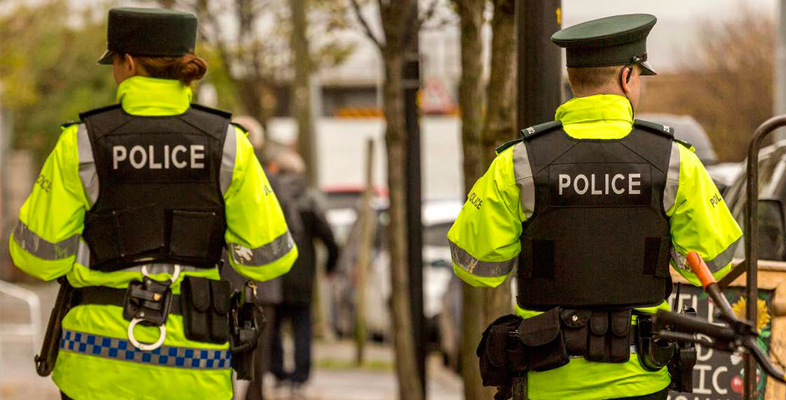4.2 Key signs of vulnerability
Considering the wide range of potential types of vulnerability outlined above it is almost impossible to give a single, definitive list of the potential signs of vulnerability. A person suffering from mental health issues will, needless to say, demonstrate quite different signs of vulnerability to someone who is at risk of domestic violence. Those dealing with the vulnerable are consequently challenged to be aware at all times, to listen and engage actively and to ensure that they are empathetic to the needs of others.
The Vulnerability Assessment Framework developed by Wright and McGlen – two academics at the University of Central Lancashire – provides a useful model for assessing and, indeed, identifying the signs of vulnerability in a wide range of circumstances, most particularly those related to mental health issues.
Returning to community policing, the College of Policing points out that:
The VAF is a simple tool to prompt identifying vulnerability in all circumstances where the police have contact with victims, suspects and witnesses. It enables officers to build a more detailed record of the circumstances and information that led them to identify someone as vulnerable and in need of assistance, arrest or referral.
To identify vulnerability, the VAF utilises a five-stage process with the initial letters ABCDE, each of which should act as a prompt to reflection and further investigation. The key stages are as follows:
- Appearance and atmosphere: what you see first, including physical problems such as bleeding.
- Behaviour: what individuals are doing, and if this is appropriate behaviour given the situation.
- Communication: what individuals say and how they say it.
- Danger: whether individuals are in danger and whether their actions put other people in danger.
- Environment:where they are situated, whether anyone else is there and what impact the wider circumstances may have on the individual’s health and safety.
In a similar vein, the SafeLives DASH framework (formerly CAADA DASH) is a critical framework for the assessment of domestic abuse.
Regardless of which framework is applied, an assessment based on these points will potentially provide significant evidence to support subsequent arrest, detention or, just as importantly, support in the event of domestic or other abuse. When engaging with members of the community, police officers and others working in the community must be aware of signs of vulnerability and should have a framework such as the VAF, SafeLives DASH or similar at the front of their mind at all times.
